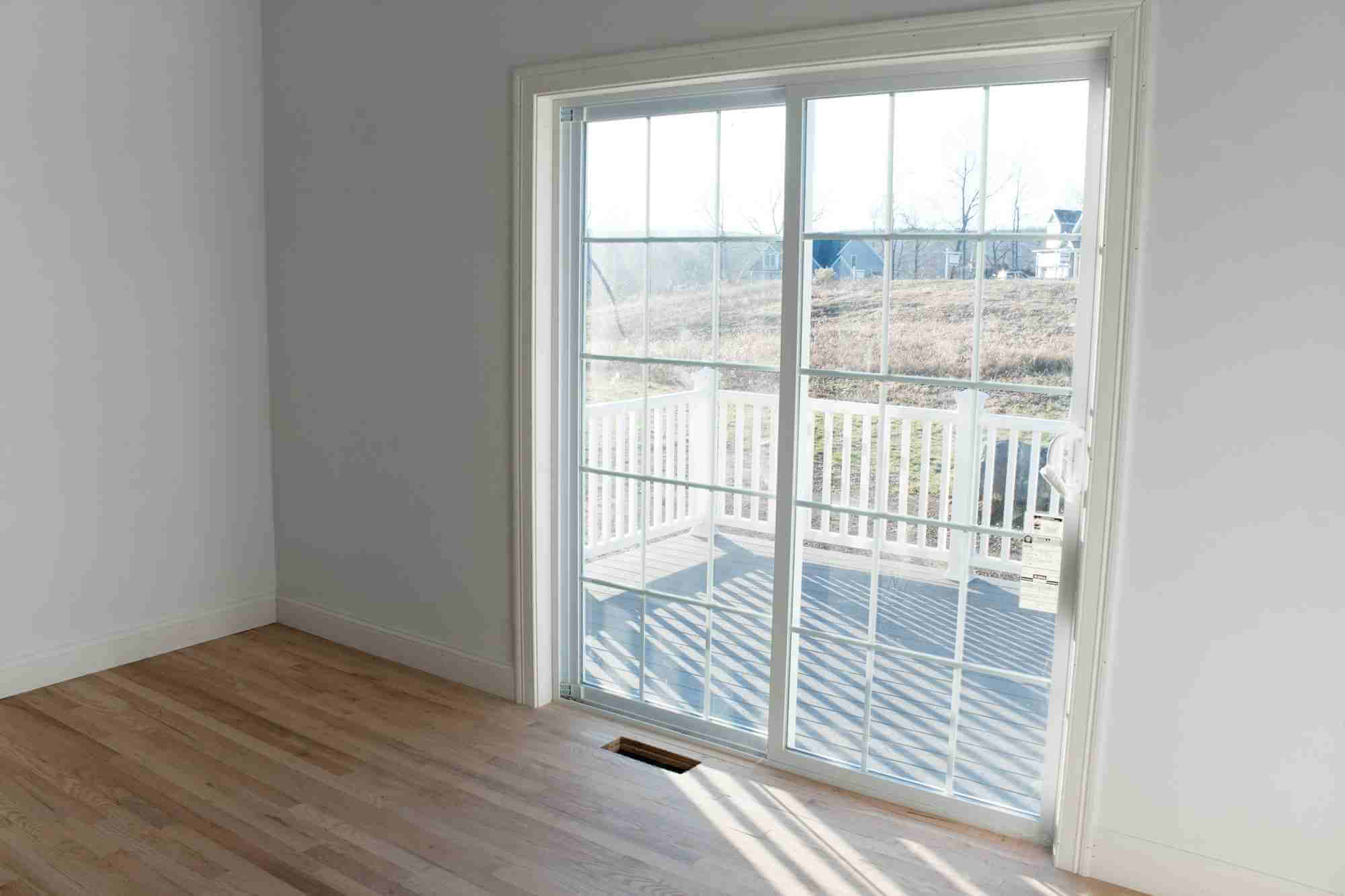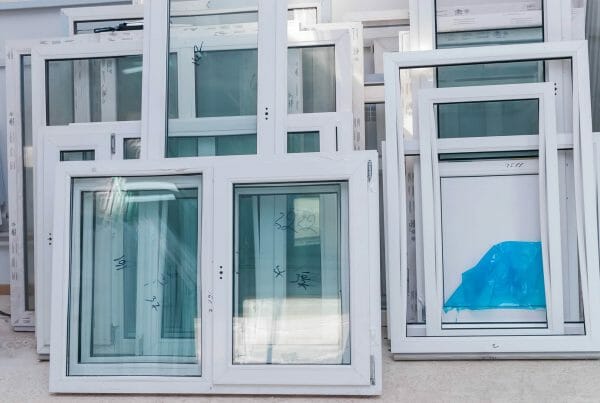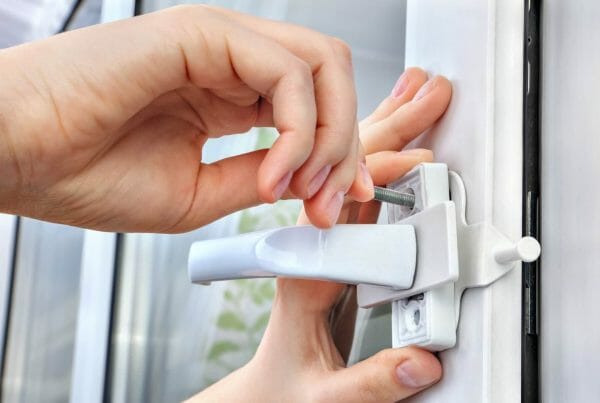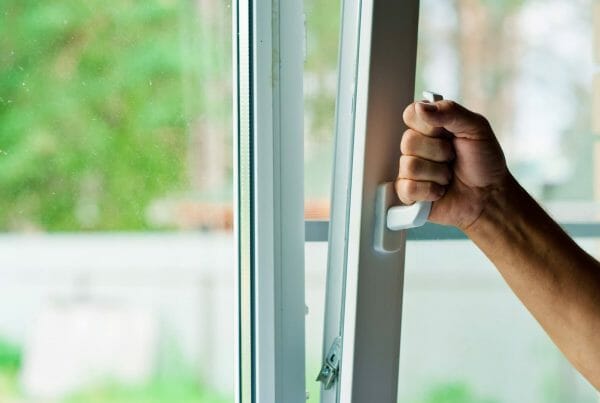UPVC windows that won’t close properly against the seal cause a small gap between the window and the seal where heat can escape – which in turn, leads to higher heating bills and a draughty house.
Insects can also crawl or fly through gaps between your windows and window frames and moisture can get in, leading to condensation and mould.

Sometimes your window will also be hard to close and having to force it shut may cause damage – especially if you are in a rush and you are closing the window in a hurry to get out of the house, or because it is cold or noisy outside.
The good news is that UPVC windows that won’t close are easy and inexpensive to fix.
The checklist for UPVC windows that won’t close
If your UPVC windows won’t close, you should firstly identify the cause of the problem by examining your windows.
Our checklist will help you locate the problem area:
- Check to see if the sash has dropped
Sometimes the sash can drop if the window has a side swing opening and has the option to open like a door.
With your window closed, take a look at the top corner of the window,above the handle. If you can see daylight when you move, your window has dropped.
In addition, check that your UPVC window fits the frame as if it has shifted down on the handle side then the window may be dropping.
It is normal for a UPVC sash window to drop a little, but if this drop starts to affect how the window is working for you and it keeps dropping, you need to get in touch with a window company.
- Check the lock
With your window closed, slide a credit card between the sash and the frame. The credit card should not be easy to move around – it should be a very tight fit.
If this is not the case, you will need to adjust your lock to tighten up the seal. You can do this easily with an allen key.
- Check the hinges
With your UPVC window closed, check the hinge side. If you can see a gap on the hinge side between the sash and the frame then the problem area is in the hinges.
This means that the hinges are wearing down and so are not pulling the sash against the frame anymore. The hinges will need to be replaced, but this job is straightforward for an experienced window fitter.
Problems closing other types of UPVC windows
Sometimes you may have a UPVC window which is not a sash, but you are having problems closing it. Perhaps it is a bay, casement or awning style UPVC window that it difficult or stiff to close. This is due to the swelling of the UPVC frame caused by hot temperatures.
In this case, your UPVC window is not broken and does not need replacing – the window will simply retract when the temperature has returned to normal. Don’t adjust your UPVC windows in this case, as this will cause problems in future.
How to fix a UPVC window that’s not closing properly
If you have a UPVC window that is not closing properly and you have located the problem using the checklist above, you may have the confidence to fix the UPVC closure problem yourself.
If you have located the problem to the hinges, you need to:
- Lift the sash out by unscrewing the hinges from the UPVC frame
- Take a look at the old hinges and note how they are fixed to the UPVC frame
- Replace the old hinges by unscrewing them and putting the new hinges in place
- Put the UPVC sash back into the frame and screw the new hinges in
- Open and close the window a few times checking for gaps and making sure that opens and closes smoothly
If you have located the problem to the lock, you need to:
- Take a look at the cams. These are the parts that move up and down when you turn the handle and you can see them clearly when you open the window
- The cams can be turned with an allen key. Turning them one way and they will loosen and the other way will tighten them. Turn the cams to tighten them against the seal
If you have seen that you have a dropped UPVC sash, you need to:
- Buy some plastic packers – chances are there are not enough of them in your sash.
- Close your window with the glass removed and make sure the sash is lined up
- Put the glass back in, packing it in with plastic packers so that there is no movement between the sash and glass. Now put your glass back in and pack it right around with plastic packers so that there is no movement between the glass and the sash.
UPVC windows which won’t close due to hot summer temperatures should just be left to naturally detract when the temperature decreases.
If you want to do something to help the UPVC cool down more quickly you can spray the outside with water or pat the frame using a cold damp cloth and this will help the UPVC to shrink back down.
How to prolong the life of your UPVC windows
You can rub grease into your UPVC window locks and hinges to protect them from the elements. The air can harms locks and hinges and the grease will slow down wear and tear and prevent corrosion. This is particularly important if you live by the sea as the sea air contains corroding salt and moisture.






